MAPPING THE DOMESTIC SECTOR
Varghese Theckanath*
"Domestic Work is Work!" and "Domestic Workers are Workers!" are affirmative slogans heard around the world particularly in the last 7-8 years is a sector that is otherwise hardly recognised both in fact and in law. This quest among domestic workers to be recognized as workers like any other is beginning to bear results. Domestic Workers Convention 189 of the International Labour Organisation (ILO) and the accompanying Recommendation (No. 201) are historical achievements.
Who are domestic workers? What are the conditions of work that are unique to the sector? Why are they excluded from rights that other workers take for granted? What do they earn? Do they enjoy periods of rest and holidays like other workers? How do domestic workers in India compare with their compatriots in other parts of the world? This paper attempts to address briefly some of these issues with the help of a study of domestic workers in eleven towns in Andhra Pradesh (Rajam and Vizianagaram) and Telangana (Hyderabad, Ranga Reddy, Pattancheru, Sanga Reddy, Warangal, Nalgonda, Suryapet, Wanaparthy and Mahboobnagar) undertaken by Montfort Social Institute (MSI), Hyderabad, in 2014.
Defining Domestic Workers
The problems regarding the status of domestic workers begin with the extreme heterogeneity of the sector. This diversity is most visible in the nature of their work. They cook, clean, look after children and the elderly, shop for the family, take children to school, guard the house, do gardening... the list of their daily chores is endless. The gendered nature of the work (at least 80% of domestic workers the world over are women), the peculiar nature of the employer-employee relationship, place of work and other factors add to the complexity in attempts at defining domestic work and domestic workers. It is considering these factors that the framers of Convention 189 (2011) of the ILO agreed on the following definition (Article 1): (a) the term "domestic work" means work performed in or for a household or households;(b) the term "domestic worker" means any person engaged in domestic work within an employment relationship.
The most distinctive feature of this simple definition is that it is employment to provide services for a private household within an employment relationship. Such a definition not only avoids a listing of specific tasks which can differ from region to region and household to household, but equally importantly is in consonance with the definition provided by the International Standard Industrial Classification (ISIC) that talks about "Activities of private households as employers of domestic staff" (Division 95). The definition also avoids the ambiguity of similar services provided in an institutional framework such as in hospitals, orphanages, old age homes and others.
In spite of the clarity provided in International Law, a clear definition has not still emerged within the policy framework in India. The Draft National Policy of the Government of India defines "Domestic Worker" as: ..."a person who is employed for remuneration whether in cash or kind, in any household through any agency or directly, either on a temporary or permanent, part time or full time basis to do the household work, but does not include any member of the family of the employer" (Final Report of the Task Force on Domestic Workers, MOLE, 2011). The 2015 Draft National Policy follows the same definition except for adding the age limit between 18 and 60 years. These definitions basically follow the same tangent as that provided by Convention 189, maintaining the substantive elements of "household work" "in an employment relationship". However, there has been a great deal of debate both among policy makers and domestic workers’ organisations whether the definition should include "in and for" or "in" the household. This is for the reason that a vast
[ 12 ]
majority of domestic workers are women who work "in" the household, while those who work "for" the household such as gardeners, security personnel, drivers and others work outside the household and are generally men. There are already laws that govern some of these "for" occupations.
Counting Domestic Workers
Estimates of Domestic workers are rather fuzzy. A 2015 report of the ILO put the number of domestic workers at 67.1 million. With Globalization that threw open new opportunities for the middle class there has been a significant demand for domestic workers. According to the ILO estimates, the sector grew by almost 20 million during the 1995-2010 period accounting for 1.7 per cent of the global employment. The Asia Pacific region accounted for 21.5 million of the global estimates, a substantial increase from 13.8 million in 1995. The sector employs three per cent of all paid employees in the region, and as high as 7.8 per cent of women in paid work. Eighty one per cent of domestic workers in the region are women.
The estimates of domestic workers in India range from as low as 2.5 million to as high as 90 million. While the 61st Round of the National Sample Survey (NSS) conducted in 2005/6 estimated the number of domestic workers to be 4.5 million representing 1 per cent of the total employment and 2.2 per cent of all women employed. On the other hand according to the 66th round of the NSS, only 0.8 per cent of all employed persons were domestic workers. The Employment and Unemployment Survey, which was conducted by the Labour Bureau at the same time, however, estimated that 2.7 per cent of all employed persons were in private households working as maids, watchmen or cooks (MOLE 2010).The 2015 Draft National Policy places the number of domestic workers in the country at 30 million.
Such disparities have much to do with the lack of a uniform and consistent definition of domestic workers, as much as with the hidden nature of their work, diversity, gender, caste and educational profiles. Lack of reliable estimates has affected policy making, budget allocations and other factors that determine the identity, empowerment, entitlements and welfare of domestic workers.
Profile of the Domestic Worker
The MSI (Montfort Social Institute) study indicates that a majority of workers (58%) are in the prime of their life being in the 20-35 year age group. Another 33 per cent are in the 36-50 year age group. There is a sharp decline in the number of workers in the 50 years and above age group. It is the contention of organisations of domestic workers that given the arduous nature of their work they have to be provided their retirement benefits earlier when compared to other workers, say from 55 years. The age at which a vast majority of domestic workers tend to retire according to the study, seems to justify the demand. However in the 2015 National Policy definition, the retirement age is 60.
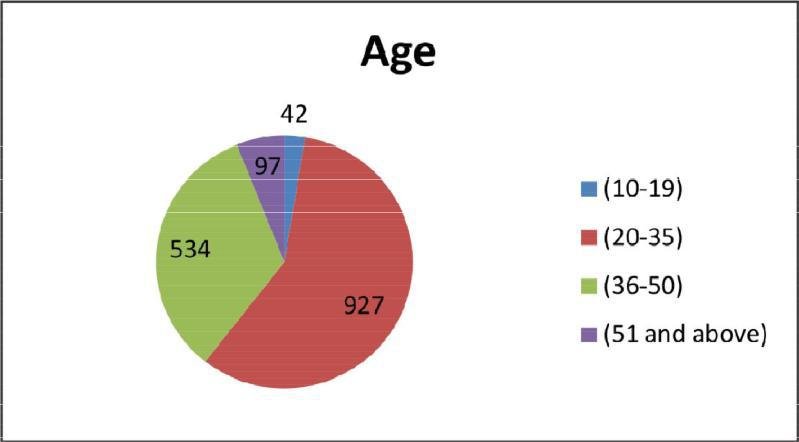
[ 13 ]
The study indicates that a vast majority of domestic workers are married. It is only a small per centage (0.051%) of the sample that is unmarried. But surprisingly, there are as many as 241 (15%) workers who are widowed. If we add those who are divorced and separated, the number adds up to almost 18 per cent of the total sample size of 1600. This is an indicator of the number of women headed families among domestic workers. This places a great burden on the women workers to take care of their families single handedly. In fact one of the reasons why these women take up domestic work in spite of the long hours and often humiliating circumstances is the dire straits they are placed in to fend for their families. Even among the married women there are many who are sole bread winners as their husbands are either sick and invalid or prone to alcoholism.

The education level of domestic workers is another indicator of their reason for entering domestic work, their low status, and the lower salaries they receive. Over 77 per cent of the sample studied reported that they are illiterate. Add to it another 203 (13%) workers who said they only reached the Primary level of education. It is a mere 76 workers (5%) who said they attained high school or higher level.
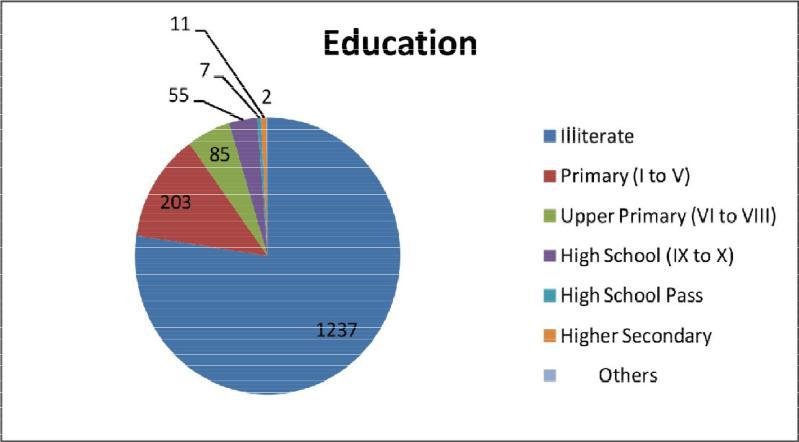
Caste composition of domestic workers is another indicator of the lower profile of domestic workers when compared to other workers. Over half the domestic workers in the sample studied (55%) come from the Backward Classes. Almost 33 per cent belong to Scheduled Castes. 8 per cent are Tribals. Only 5 per cent come from other caste groups. It is interesting to note that the proportion of Backward Classes and Tribals match their size in the general population, while there is a disproportionately higher number from among the Scheduled Caste communities. Conversely, there is a far lesser proportion of domestic workers drawn from among other castes.
[ 14 ]
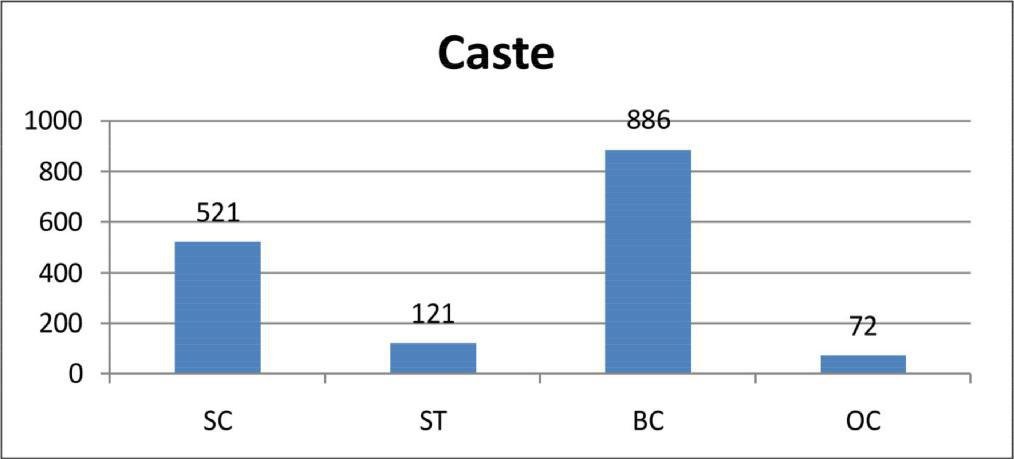
Education and Caste besides the gender of domestic workers have a telling effect on the status of domestic workers and their lower wages. Their single or divorced status adds to their vulnerability in terms of their capacity to bargain for higher wages or better conditions of work.
Working Conditions
Domestic workers unlike others work in the confines of homes of their employers with generally no co-workers as companions. They typically perform the unpaid work normally performed by women for their households. This makes domestic work undervalued in monetary terms, is informal and goes undocumented. Since their work does not fit into the frame of what is recognised as work in monetary terms, they are excluded from labour legislative frameworks.
The first major factor in ensuring proper working conditions is a written agreement between the worker and the employer that spells out the hours of work, conditions of work and wages. The MSI Study shows that only as few as 38 (2%) workers have a Written Agreement with their employers.

While it is true that an oral agreement is also valid in law, given the multiple vulnerabilities of the workers in comparison to their employers, they invariably lose out when there is a dispute. There are many instances of cases of theft foisted on them when domestic workers insist that the Agreement is honoured by the employer.
[ 15 ]
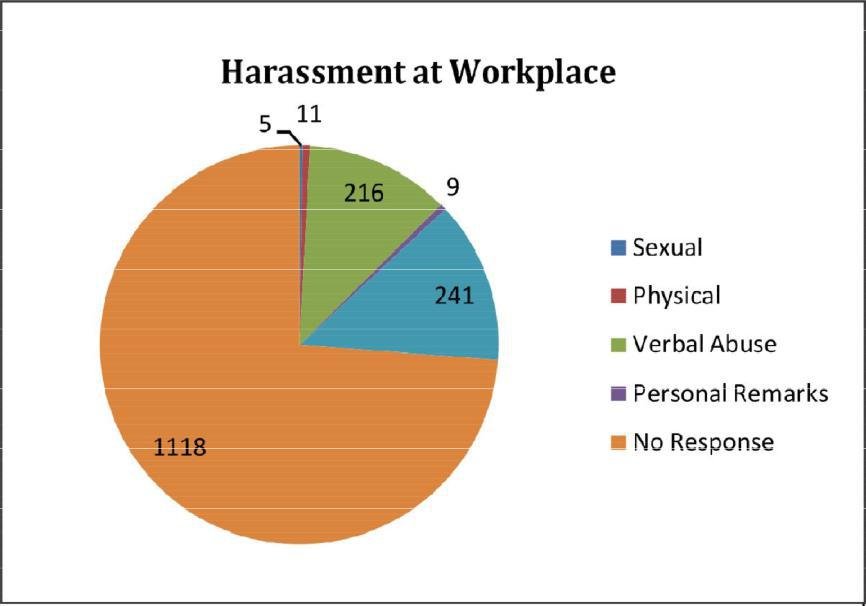
The most difficult aspect of the conditions of work in the sector is the physical, mental and sexual abuse or harassment that domestic workers are prone to. This is all the more so in the case of live-in workers. The MSI study indicates verbal abuse and personal remarks that are derogatory and humiliating. But what is even more significant is that 70 per cent of the workers interviewed refused to discuss the issue. Equally note-worthy is that the initial drafts of the Sexual Harassment at Workplace Act (2013) specifically said that while all other categories of women are included in the ambit of the Act, domestic workers will be kept out of it. This is an indicator of the mind set of policy makers and the public at large who are concerned that violence within the household is not placed in the public domain. It is after much advocacy, lobbying and agitation that domestic workers were included in the Bill that was finally adopted by the Parliament. But no significant steps have been taken so far to reach the benefits of the Act to domestic workers in terms of the formation of complaint and redress mechanisms that they can access.
Work and Rest
The very first Convention adopted by the ILO after its formation in 1919 was the Hours of Work (Industry) Convention. This is because the well being of workers hinges on the number of hours of work, working time arrangements and rest time. Most countries have set the limit of working hours between 40 to 48 hours per week. But domestic workers are often excluded from this limit. A 2008 study showed that domestic workers in Malaysia work for as many as 65.9 hours where as they work for only 15.1 in Austria. There is no national level data on the number of hours of work available in India. It is such disparities that encouraged to add in Article 10 of the Convention 189 that: "Each Member shall take measures towards ensuring equal treatment between domestic workers and workers generally in relation to normal hours of work, overtime compensation, periods of daily and weekly rest and paid annual leave in accordance with national laws, regulations or collective agreements, taking into account the special characteristic of domestic work." The Article further states: "Weekly rest shall be at least 24 consecutive hours". Thus, besides weekly working hours, weekly rest periods as well as annual leave are important elements in working time regulations.
The more the number of houses they work, it is likely that they put in more hours of work than they are paid for. They also spend more time commuting between houses that employ them. The MSI study shows that the largest number of workers are employed work in 4-5 houses (42%), followed by those who work in 2-3 houses (36%). The numbers of those who work in 6-7 or 8 and more houses are not insignificant.
[ 16 ]
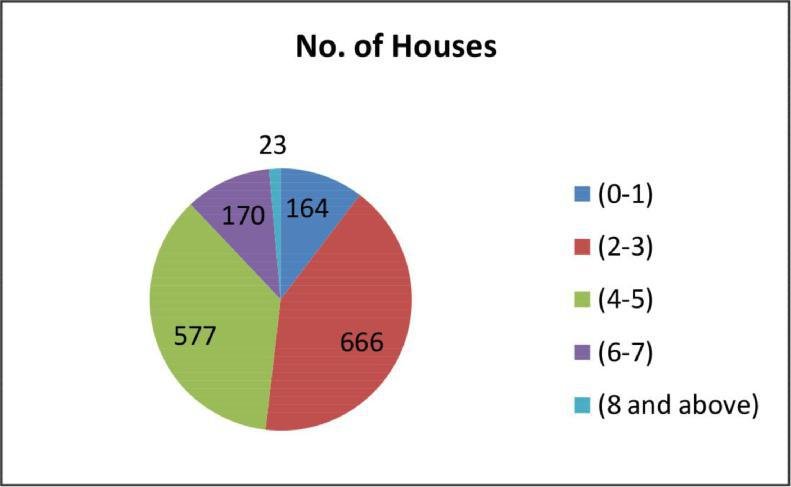
The above figures show that it is only 10 per cent of workers who work with one employer. This is significant because in extending social security benefits to domestic workers where the contribution of employers is necessary, the question asked among policy makers is that since most workers have multiple employers, which of them will make their contribution to the welfare of the worker. In countries like the Philippines, all who employ domestic workers are registered with the local government and make a proportionate contribution to the welfare of their workers based on the number of hours of their work. Registration of employers and workers by the Labour Department is a way to regulate the employment of domestic workers.
The number of hours domestic workers put in every day is often an indication of their economic well being. It is found that women headed households are dependent on the income of the domestic worker to survive. Hence they tend to put in more hours of work.
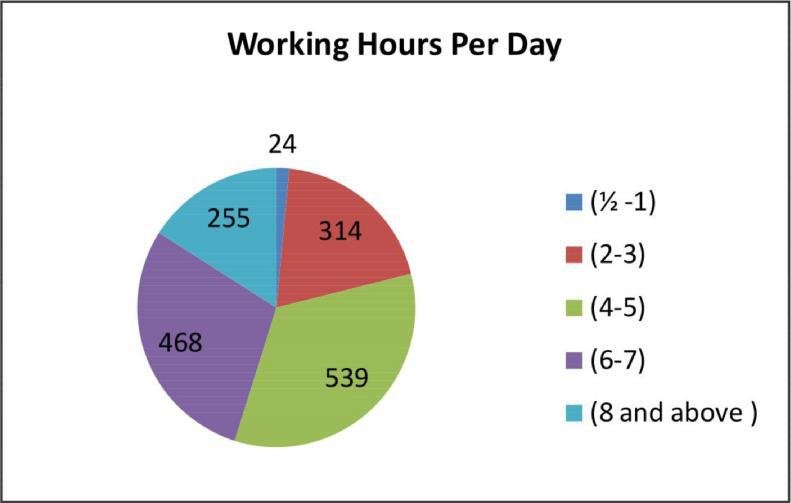
Many of them work in many houses to be able to earn enough to fend for the family. In the study, it is found that while 34 per cent of the women surveyed work for 4-5 hours daily, a significant number of them (16%) put in 8 or more hours of work. Often having to start their work very early in the morning giving them little time to spare for their family.
A major demand of workers organisations have been for a day off every week to spend with their families and for leisure. The study indicates that it is as few as 67 workers (4%) who have the luxury of a weekly holiday. The lack of a weekly off has major consequences on the health and well being not only of the worker, but also on the physical and emotional welfare of their families. Most domestic workers do not get
[ 17 ]
paid annual holidays either. As is the case with many domestic workers they migrate to urban centres leaving their elderly behind in the villages.
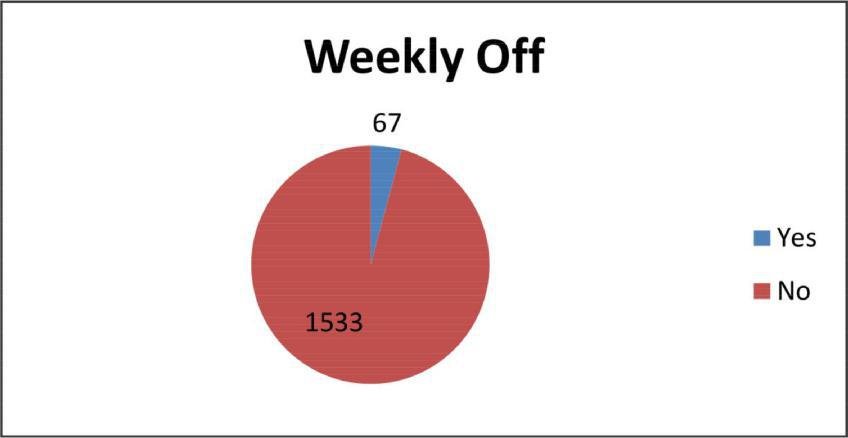
Periodical visits to their families are necessary to connect with their loved ones and to care for their well being. But it is found that only 34 per cent of domestic workers surveyed have such annual paid holidays.
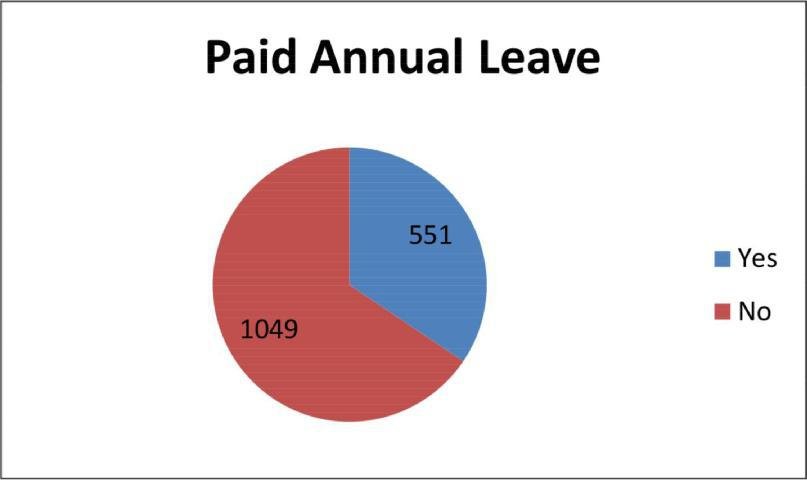
In the case of many who have provision for annual holidays, it is linked to the holidays of their employers leaving little room for workers to plan it according to their specific needs. Others are compelled to take holidays on their own volition without payment, and often at the risk of losing their job on return.
Wages
The extent of wages, periodicity of payment, and the type of wage, cash or kind, paid are the most crucial elements among the working conditions of a worker. This is particularly so in the case of workers who suffer multiple vulnerabilities such as domestic workers. One of the main objectives of fixing a minimum wage according the ILO Convention 131 (1970), is to protect "the disadvantaged groups of wage earners" against "unduly low wages". Art. 11 of Convention 189 stipulates that domestic workers need to be brought under the minimum wage coverage: "Each Member shall take measures to ensure that domestic workers enjoy minimum wage coverage, where such coverage exists, and that remuneration is established without discrimination based on sex". Accordingly some of the States in India have brought domestic workers under the Schedule of the Minimum Wages Act. This is the case with Kerala, Tamil Nadu, Karnataka, Rajasthan, Andhra Pradesh, Telangana and a few others, thanks to pressure in this regard from organisations of domestic workers. But most of the other States are yet to take the necessary steps in this regard.
[ 18 ]
The minimum wage stipulated in the undivided State of Andhra Pradesh in 2014 when the study was under taken was the following:
|
Duration of the |
Basic wage |
VDA for 195 points |
Total Wages |
|---|---|---|---|
|
working hours |
(Rs.) |
|
(Rs.) |
|
½ hour |
284.00 |
65.81 |
349.81 |
|
1 hour |
565.00 |
131.63 |
696.63 |
|
1 ½ hour |
848.00 |
197.44 |
1045.00 |
|
8 hours |
4521.00 |
1053.00 |
5574.00 |
Minimum Wage in Andhra Pradesh (2014)
The minimum wage for domestic workers in the two states of Andhra Pradesh and Telangana is fixed with the Basic for per hours of work along with VDA that is revised every six months. There is also the provision for a weekly holiday incorporated into the Government Order. However, the MSI study found that it is only 6 per cent of the workers who received equal to more of the minimum wages as their remuneration. 73 per cent said they do not receive the minimum wages stipulated by the government with some receiving as little as only one fourth of the minimum. It was also found that there is no major difference between the small towns and big cities when it comes to wages. While it is true that domestic workers receive a higher salary in the up market areas in major cities, the situation of workers in most other areas in the big cities is comparable to those of the small towns where the salaries are generally low.
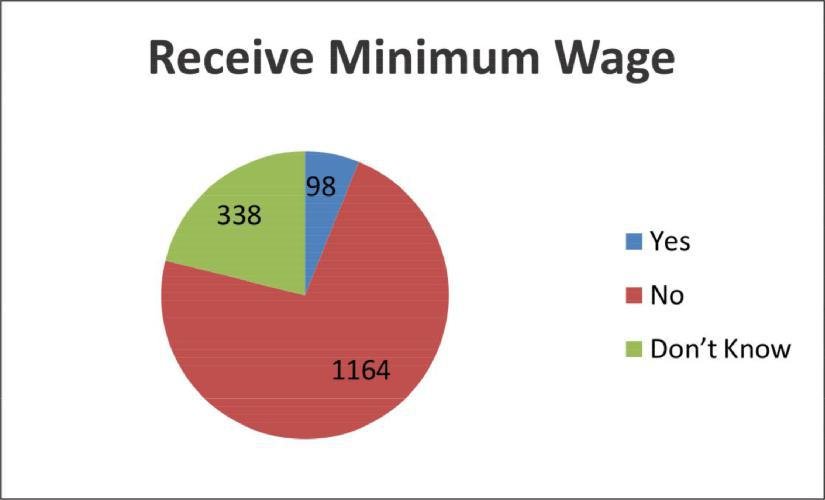
As far as fixation of minimum wages is concerned, it varies from State to State. While the Ministry of Labour announced that it is considering Rs. 10,000 as the minimum wage for domestic workers, the Central Trade Unions have been demanding much higher wages for workers across sectors. However an ILO study states that the wages received by domestic workers in India is 31.6 per cent (2005/6) lower than the average wages for all paid employees. This is a trend that is found across the globe. If it is 63.8 per cent (2006) in Honduras and 61 per cent (2009) in Vietnam, it is as low as 14 per cent of the average wages (2005/6) in Botswana. This situation needs to be corrected not only in India, but all over the world if the lot of domestic workers is to improve to be on par with other workers.
Whether wages are paid in cash or in kind are another indicator of the general well being of domestic
[ 19 ]
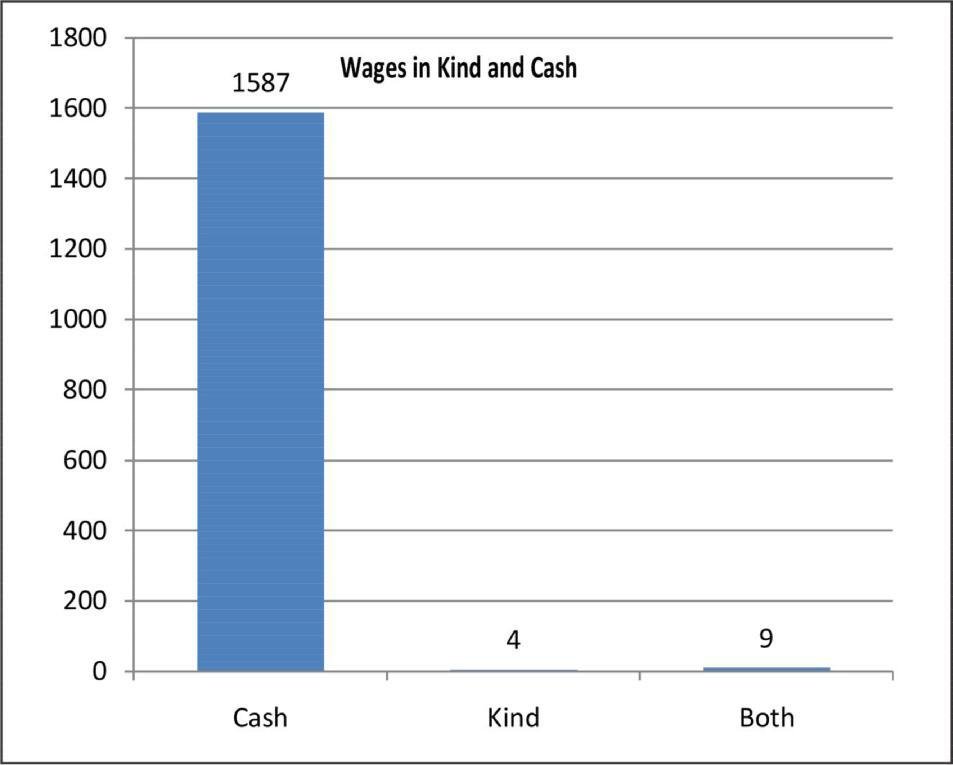
workers. The study found that with a few exceptions, the workers were paid in cash. However, they also received clothes and other necessities in kind on special occasions such as festivals that are considered a compensation for the otherwise low regular wages.
Increments in salary are another important factor that determines the standard of life of domestic workers. The MSI study shows that while about 18 per cent workers reported a regular annual increment in their salaries, 5 per cent said their salaries were increased periodically and 9 per cent indicated occasional increment. Almost 69 per cent of the workers surveyed did not respond to the question at all.
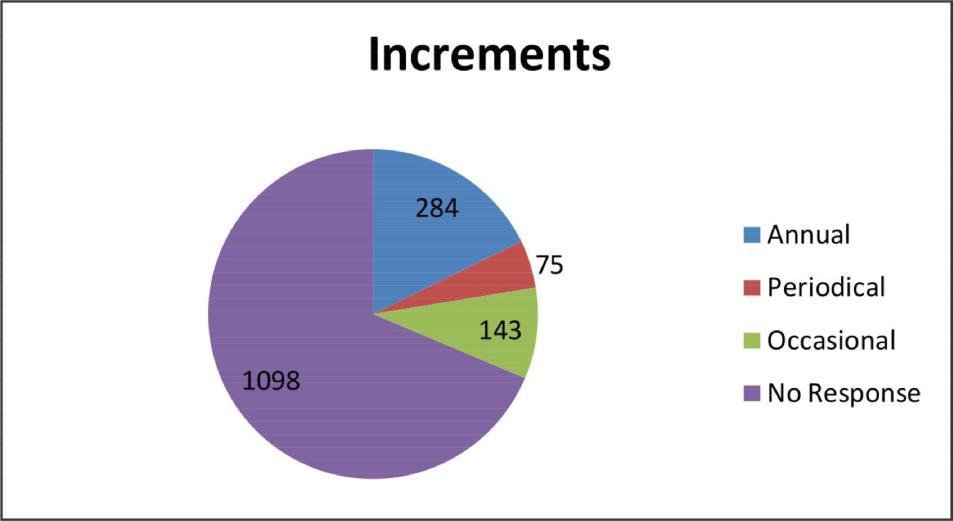
It is the experience in the field that with no markers generally used in payment of wages, increments when given occur due to persistent plea for it by the workers, or even threat of resignation. But this is often not a deterrent because the supply side in availability of workers is heavily skewed in favour of employers. The MSI study shows that a majority of domestic workers surveyed (60%) have eight or more years of experience.
[ 20 ]
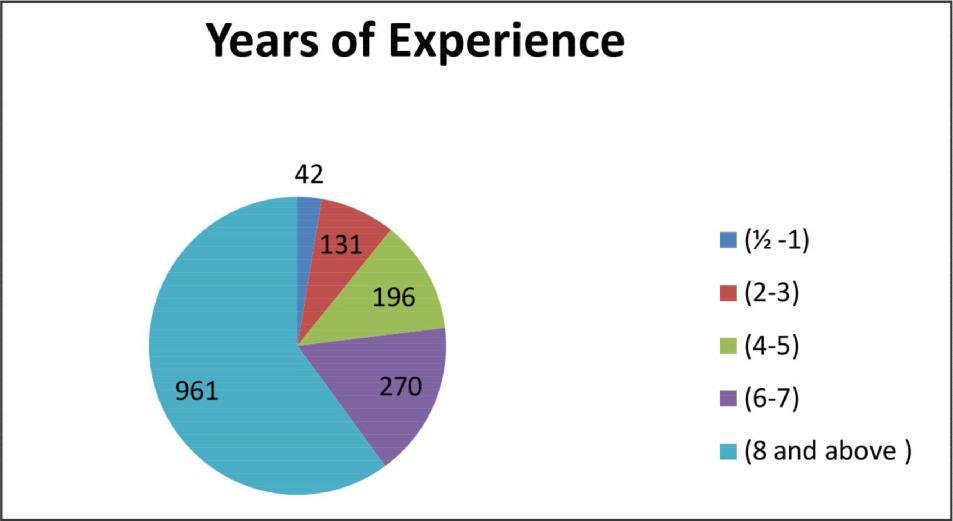
Another 17 per cent have 6-7 years of experience. It is only a small portion of workers surveyed (3%) who said that they have only one year or less of experience in the work. However, domestic work is one sector where the years of experience does not seem to count when it comes to wages. A new entrant to the sector often receives more wages that someone who has been there for many years. Studies have also shown that even skill up gradation don't make a difference on an average when it is a matter of wages.
All these add up to a great deal of dissatisfaction among domestic workers, particularly regarding the wages they receive and the way it is administered. Results of the Study show that 79 per cent of domestic workers surveyed are unhappy with their wages. Such dissatisfaction among workers is bound to be reflected in their work and relationship with their employers.
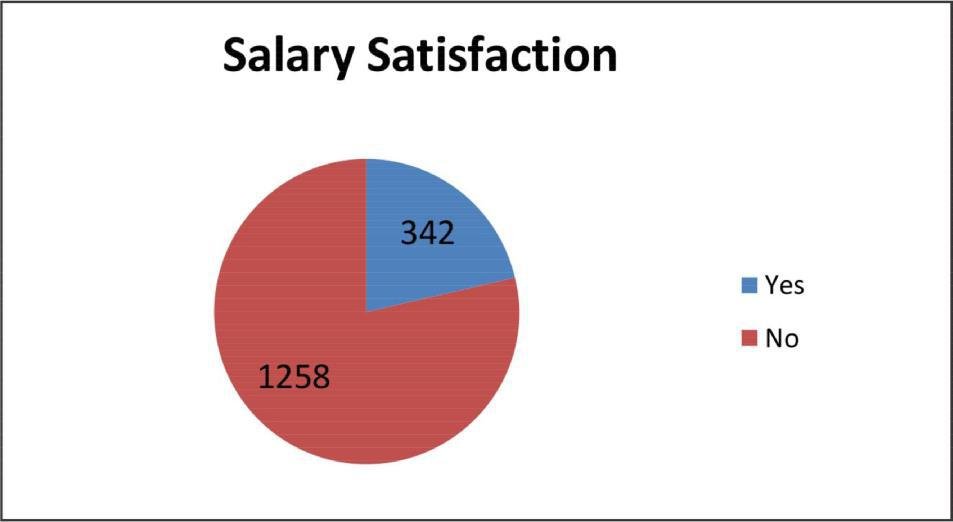
However there is a clear change in the mood of workers. The case of Rajam in Andhra Pradesh, one of the towns surveyed, is an indicator of such change. Thanks to the united stand of the Workers Union in the town not to go to work in houses of employers who do not increase their wages periodically, there has been a marked change in the wage patterns. Such changes are happening in small measures everywhere.
No matter what the level of wages is, domestic workers are often vulnerable to abusive practices with regard to the payment of wages. Payment in kind is particularly prevalent in many parts of the world especially in Asia and Africa. Provision of accommodation and food is one most prevalent way. This has the potential for abuse especially when it is imposed unilaterally, and the value of such payment is excessive. Domestic
workers employed by Armed Forces in India are a case in point. The 'Servants Quarters' provided for the Officers' Cadre is often used as a bait to receive free services from helpless workers who cannot afford to pay for accommodation in cities. While the women are forced to work in the households of their employers, with a demand that they are available to the household round-the-clock in lieu of accommodation, the men go out to earn a living. Such exploitation of domestic workers is common in other similar sectors too. This is the reason that the provisions of the Protection of Wages Convention (No. 95 of 1949) is reiterated in Article 12 (2) of Convention 189: "National laws, regulations, collective agreements or arbitration awards may provide for the payment of a limited proportion of the remuneration of domestic workers in the form of payments in kind that are not less favourable than those generally applicable to other categories of workers, provided that measures are taken to ensure that such payments in kind are agreed to by the worker, are for the personal use and benefit of the worker, and that the monetary value attributed to them is fair and reasonable."
Conclusion
Domestic workers form an important sector of employment for women in the country. It spares women in middle class families from the drudgery of cooking, cleaning, caring for children and elderly and a myriad of other chores, so that they can go out to work to augment their income on the one hand, and improve their status both within the family and in society. As an aftermath of globalization that has thrown open new opportunities for educated and skilled, an increasing number of women are going out to work. But the situation of domestic workers themselves does not indicate that the empowerment and increased income levels of middle class women have passed on to the women who take their place as care givers in their families. Low wages, long hours of work with no weekly or annual holidays, risk of physical, and mental and sexual abuse characterise the conditions of their work. Most labour legislations do not include them in their ambit, or hardly come to their rescue when the existing laws are impinged.
This article has tried to understand the prevailing conditions of domestic workers as against global and national standards with regard to two crucial factors in providing decent work: Working conditions and wage administration. It is obvious that large disparities exist between domestic workers and workers in other sectors. Studies show that many countries in Latin America and the Caribbean, in Africa and the countries of the Northern Hemisphere have already extended minimum protection that applies to other workers. By contrast, countries in Asia and the Middle East are the exception.
Very little has changed in the situation of domestic workers in India since Convention 189 by the ILO was adopted in 2011. Inspite of the constant demand from domestic workers organisations for the country to ratify the Convention, very little effort has been made on the excuse that India does not ratify International Labour Conventions until the national legislations have been amended to reflect their provisions. Even the National Policy for Domestic Workers work on which started in 2010 is yet to see the light of day!
There is an urgent need to address the issue of decent work deficits for domestic workers at the national level. Current regulations and practices regarding domestic workers, or the lack of it, need to be examined in the light of International Law and the best practices across the world. Trade Unions and organisations of domestic workers have a particularly important responsibility to work with the government and employers in this regard. The greatest challenge however is the mental transformation that is necessary to give domestic workers the respect and dignity that is due to them as workers like any other.
*Varghese Theckanath is founder convener of Domestic Workers Forum of India & Director of Montfort Social Institute



